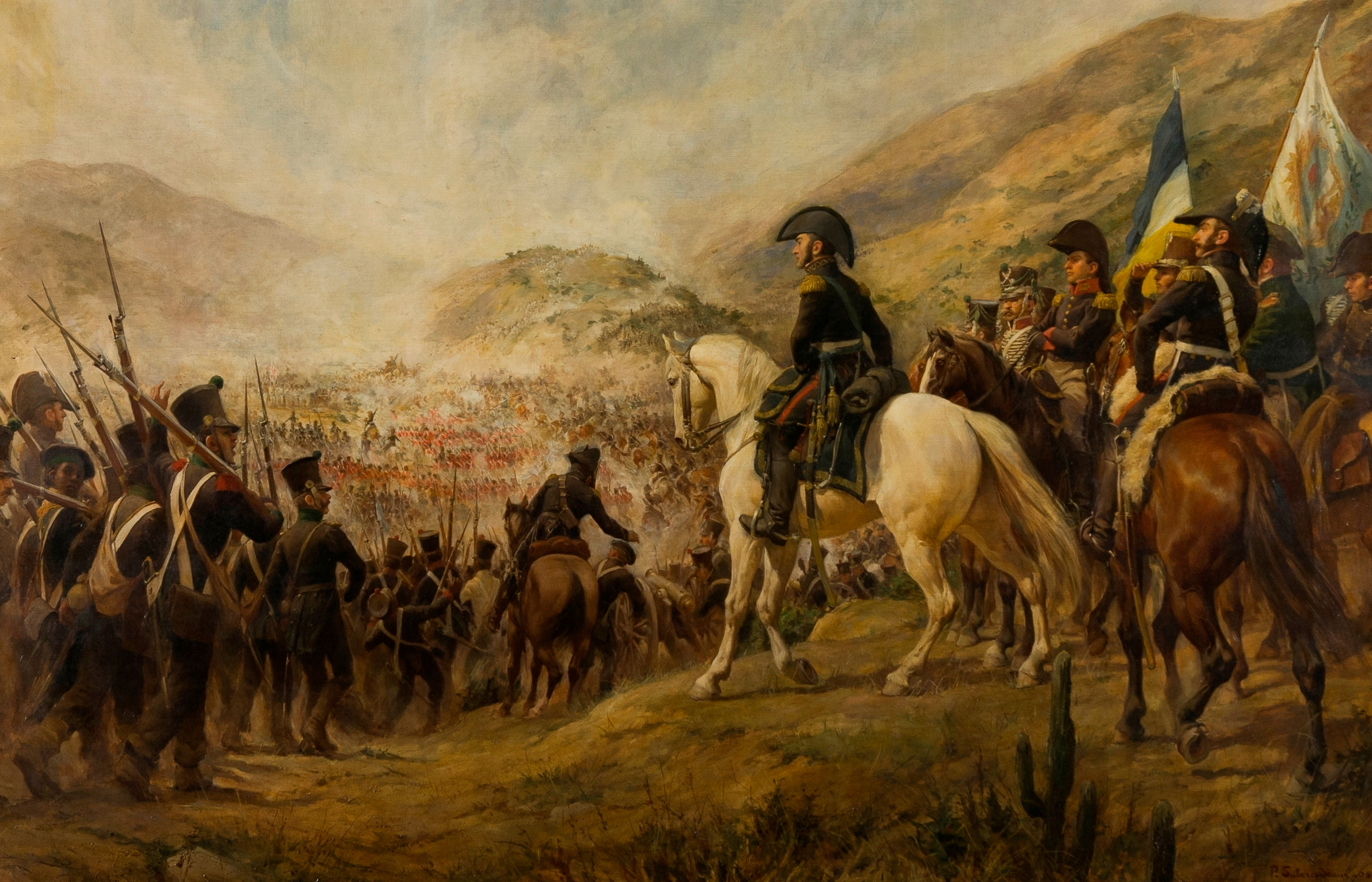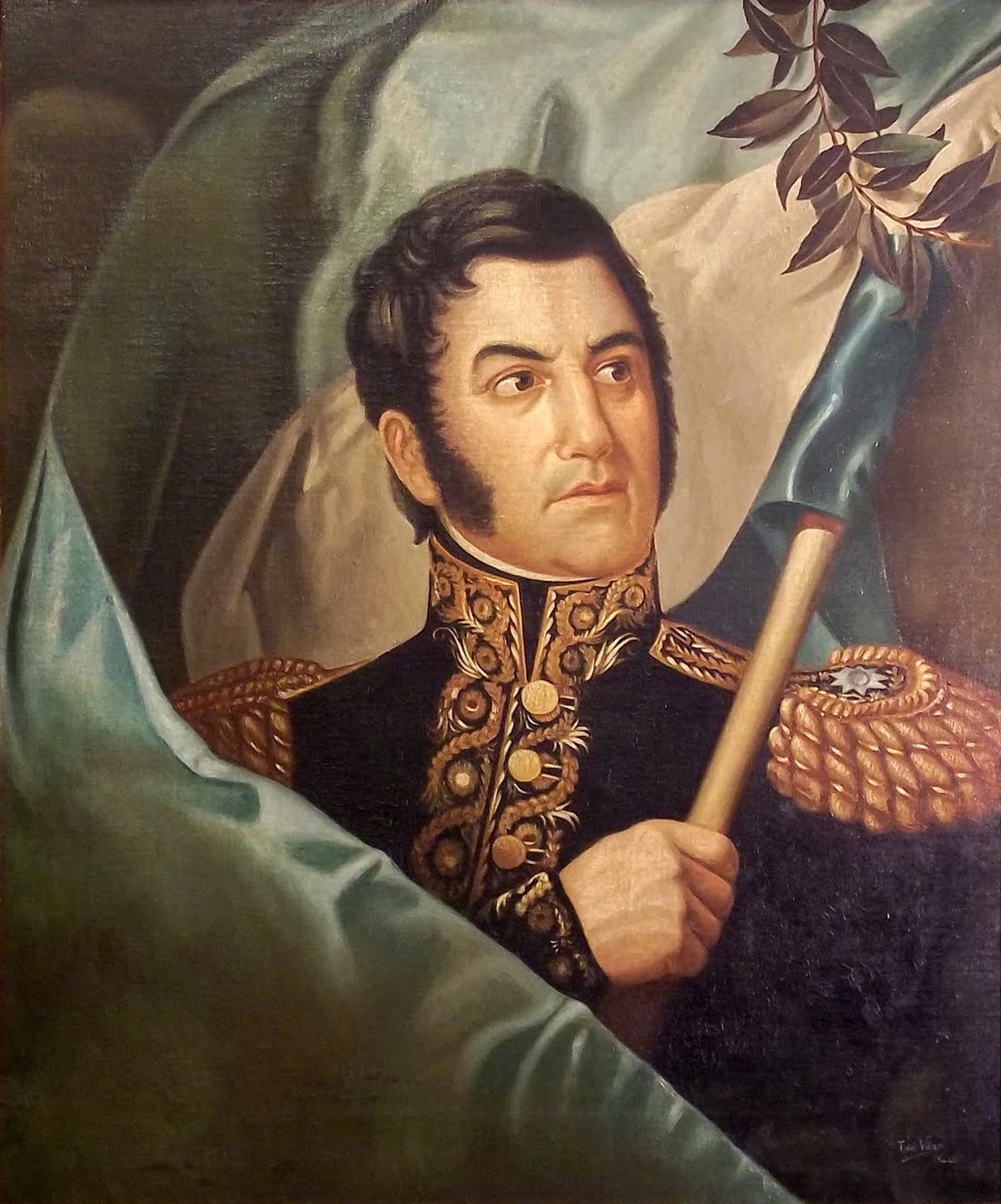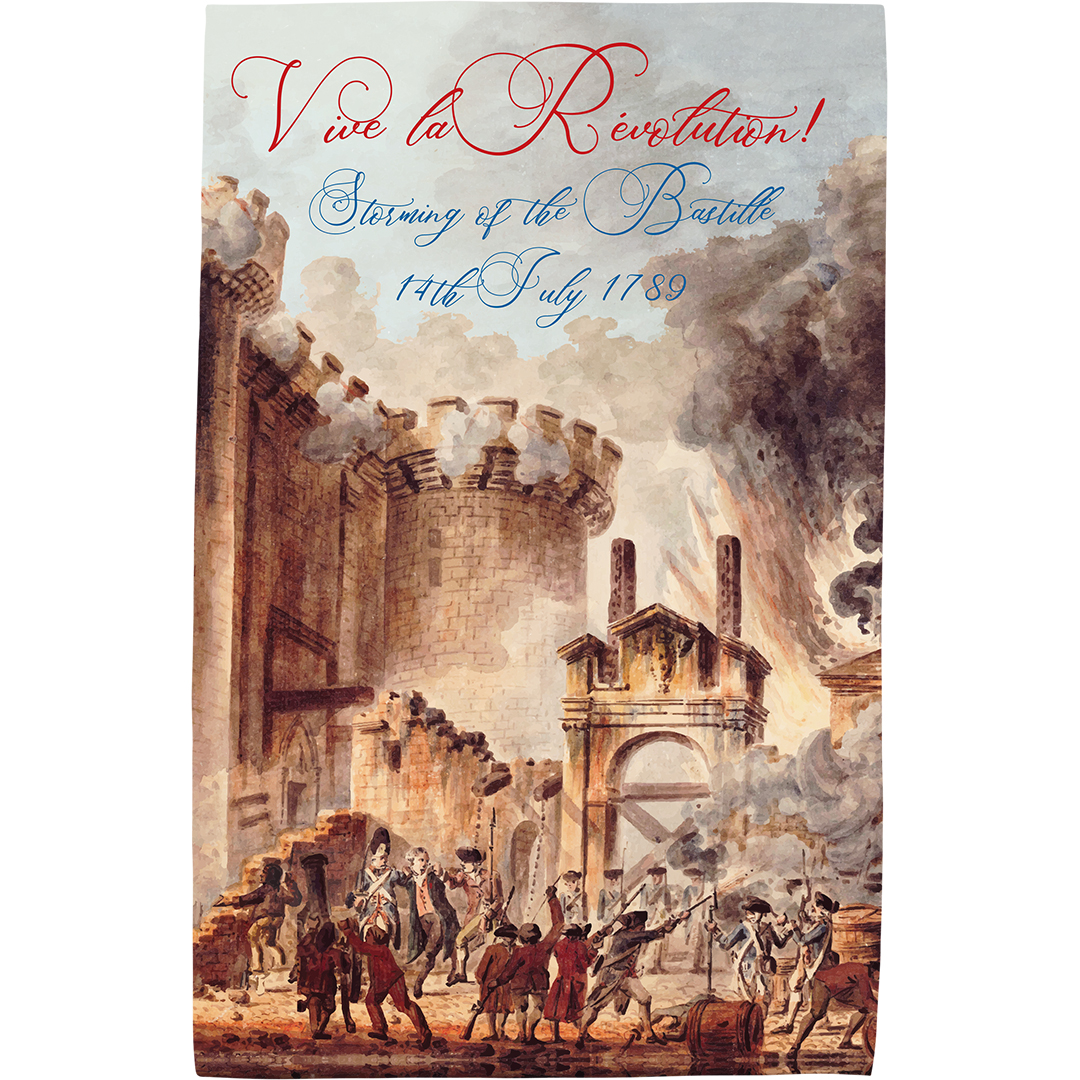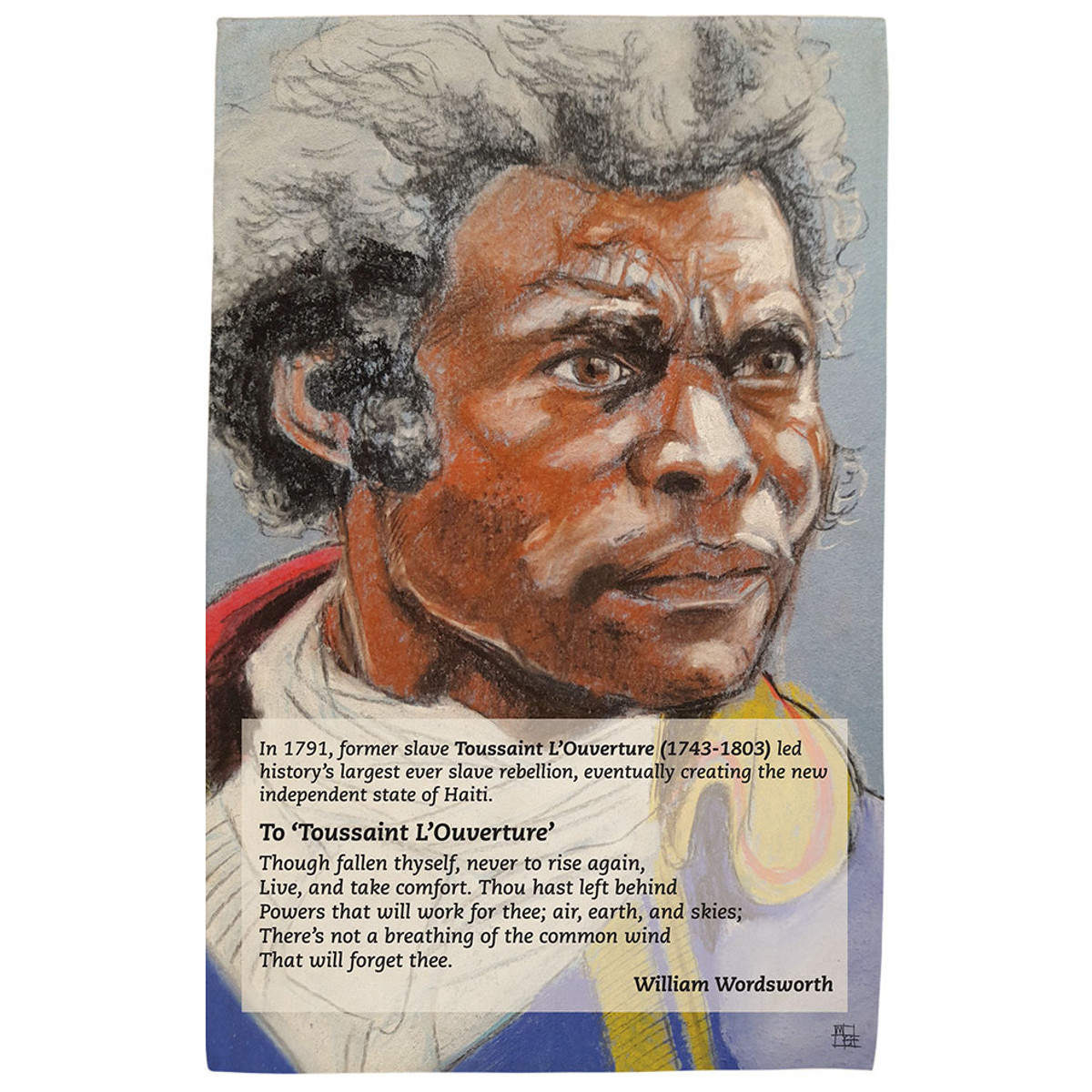San Martín: The Liberator of the South
Posted by Pete on 27th Feb 2023

Born on this day in 1778, José de San Martín liberated huge swathes of South America from Spanish imperial rule
“My promises to the people for whom I have waged war have been fulfilled – to accomplish their independence and leave the choice of their rulers to their own will.”
Spanish South America was too big for Simón Bolívar to liberate all on his own.
Further south than Bolívar’s battles in Venezuela and Colombia was the shrewd general José de San Martín
With the help of his soldiers, many of them emancipated Afro-Argentine slaves, San Martín liberated the territory of what’s now Argentina, Chile, and Peru, from Spanish imperial rule.
That’s how San Martín and Bolívar came to be known colloquially as Los Libertadores – The Liberators.

A portrait of José de San Martín, painted in the late 1820s
Born on this day in 1778, San Martín was always destined to be a soldier.
His dad was a Spanish officer posted to what was then the Viceroyalty of the Río de la Plata. That’s modern-day Argentina, Uruguay, Paraguay, and Bolivia, with its capital city in Buenos Aires.
San Martín was born on the frontier, in Yapeyú where his dad was governor. He spent part of his childhood in Buenos Aires, before the family moved back to Spain.
There, in Málaga, San Martín trained for the army. And soldiers were in high demand…
He enrolled in the Murcia regiment in 1789, just as the French Revolution kicked off.
One big result of that Revolution, and the Counter-Revolution in response to it, was that Europe and the wider world was thrown into three decades of war.
San Martín saw combat in North Africa during the early 1790s, and later went on to serve in Portugal.
Then, when Napoleon abducted the Spanish royal family and plonked his own brother on the Spanish throne, the people of Spain rose up against their French occupiers.
San Martín served bravely during the first years of this Spanish war of independence, fighting in a number of major battles.
But his heart was elsewhere. He wanted to be back where he was born, in South America.
The French Revolution helped to ignite struggles for radical change in Europe and across the world
Click to view our Storming of the Bastille tea towel
The Spanish war against Napoleon had quickly morphed into a wide-ranging reform project, to give the Spanish empire an actual constitution, and end the era of absolutism.
In Spanish America, this project produced demands for local self-government within the empire and, when that was refused, absolute independence from Spain.
Perhaps unsurprisingly, the Viceroys weren’t particularly happy about this. They mobilised armies to destroy the centres of revolution.
Buenos Aires was one such centre. It had thrown its viceroy out in May 1810.
By 1811, though, the Buenos Aires Revolution was facing a war on two fronts.
Across the River Plate, in Montevideo, was a Governor loyal to absolutism who was trying to capture Buenos Aires. And far away in Lima, the Viceroy of Peru was trying to do the same, sending his armies down through the Andean foothills.
Gazing across the Atlantic, San Martín was hungry to get involved in this fight for the liberty of his homeland.
In 1812, he got passage on a British frigate, arriving in Buenos Aires in March.
Recognising his military skill, the revolutionary government put San Martín in charge of building a cavalry force to fend off incursions from Montevideo.
San Martín soon came to be known as the best commander in the whole of Buenos Aires.
San Martín may not be as well known as anti-colonial liberators like Toussaint L'Ouverture and Simón Bolívar, but his radical legacy is just as significant
Click to view our Toussaint L'Ouverture tea towel
In 1813, San Martín was put in charge of the beleaguered Army of the North. This force was trying to hold back royalist invasions from Peru near what’s now the border between Argentina and Bolivia.
He successfully reorganised the army until he was confident it could hold the line. But he didn’t believe the war could be won on this front…
By 1814, revolutionary Buenos Aires and absolutist Lima had been slugging it out on the Northern front for years. It was stalemate.
So San Martín looked south, to the border between Argentina and Chile.
Chile was occupied by the Viceroy of Peru, but with far fewer soldiers. It was his Achilles’ heel.
Only one problem: the direct route from western Argentina into Chile ran over the high Andes. San Martín would need to transport thousands of soldiers, horses, and guns over one of the tallest mountain ranges in the world.
And he did.
In 1817, San Martín, like a modern Hannibal, got his ‘Army of the Andes’ across the mountains and into Chile.
They fell upon the baffled Spanish royalists, and Chile was liberated in a rapid campaign. It was then onto Perú itself.
San Martín bowed out of the independence campaign in 1822, to allow the younger Bolívar to finish the job. By then, San Martín had already liberated a huge tract of American territory from imperial rule.
In his own words, he had fulfilled his promises to the people.


